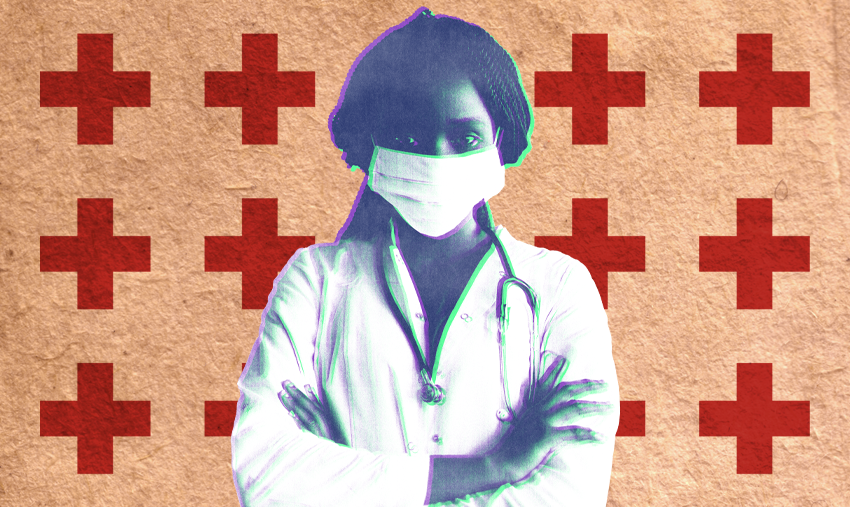America’s first woman doctor was no joke
The unreasonably busy life of Elizabeth Blackwell

It’s hard to imagine a time in history when there were no practicing women physicians in the U.S. As of 2023, there are more than 405,000 across the country, and in 2022 women made up 56.5% of all applicants to U.S. medical schools. But there had to be a first, and it had to be a woman with grit and determination.
Meet that woman: 175 years ago, on Jan. 23, 1849, Elizabeth Blackwell became the first American-trained female physician.

Image credit: National Library of Medicine, public domain
She came by her activism honestly. Her father, Samuel, was a Quaker and anti-slavery abolitionist. Her brother Henry followed in his father’s footsteps, not only as a well-known abolitionist but as a fervent supporter of women’s suffrage who later married Lucy Stone, the first Massachusetts woman to earn a college degree. Elizabeth’s sister, Emily, became the country’s third female doctor, and her sister-in-law became the first known female minister in a Protestant denomination.
But Elizabeth was actually born in England; the family moved to America in 1832, eventually settling in Cincinnati. She was working as a teacher when she visited a dying friend—a woman—who told her that navigating her health crisis would have been improved if she had a female physician. That was the only push Elizabeth needed.
Medical colleges at the time were few and far between in the first place, and ones that accepted women… well, as you’ve gathered, they didn’t exist. Nevertheless, she persisted.
After 19 rejections, Blackwell received an acceptance letter from Geneva College in rural New York–sort of a joke that got carried away. Mostly opposed to her admission, the faculty decided to put it up to a student-body vote. From here there are two versions of the story: either the young men thought the faculty were joking, or else they voted in favor just to prank them. Either way the joke was on them, because two years later Blackwell graduated at the top of her class.
She continued her training at busy hospitals in London and Paris, on the condition that she work as a midwife rather than a doctor. She soon noticed that the (all-male) doctors were spreading illness because they didn’t wash their hands between patients. And so, years before Joseph Lister published his studies in surgical sanitation, Blackwell was promoting hygiene and saving lives – and she did it all with one working eye, the other having been injured in an accident at the clinic.
It was 1850, she was 29 years old, and she’d already built an envious resumé. But she wasn’t done yet.
Upon her return to the U.S., Blackwell opened up a small clinic in New York City with a focus on treating poor women. She later launched the New York Infirmary with her sister, Dr. Emily Blackwell, where part of the mission was to take on more female physicians. In order to make more, she opened the Woman’s Medical College in New York. In 1875, she returned to London and became a professor of gynecology, helped to found the National Health Society, and published several books, including her 1895 magnum-opus autobiography.
By the time she died, in 1910, even more glass ceilings had been shattered:
- First woman surgeon in the U.S. Army: Mary Edwards Walker, 1863
- First black woman to graduate from medical school: Rebecca Lee Crumpler, 1864
- First Native American woman to receive a medical degree: Susan La Flesche Picotte, 1889
- First woman lab chief of the Food and Drug Administration: Mary Engle Pennington, 1908
Today, thanks to the contributions and tenacity of Elizabeth Blackwell, more than half of the doctors in the U.S. are women. They specialize heavily in pediatrics, obstetrics, and gynecology, but forces as they are, they’re shifting the ratios even in male-dominated specialties like orthopedic surgery, of which only 5.9% were women as of 2021. That’s a whole lot of glass-shattering, and we are here for it.
